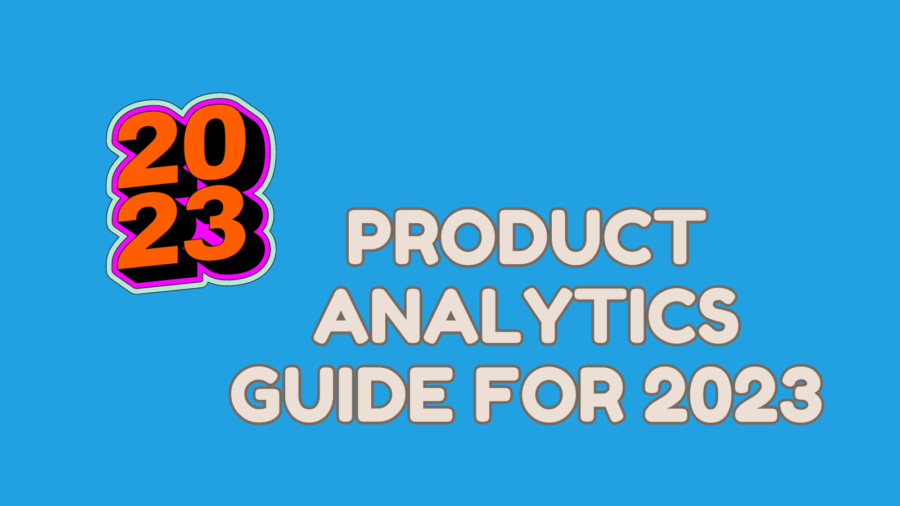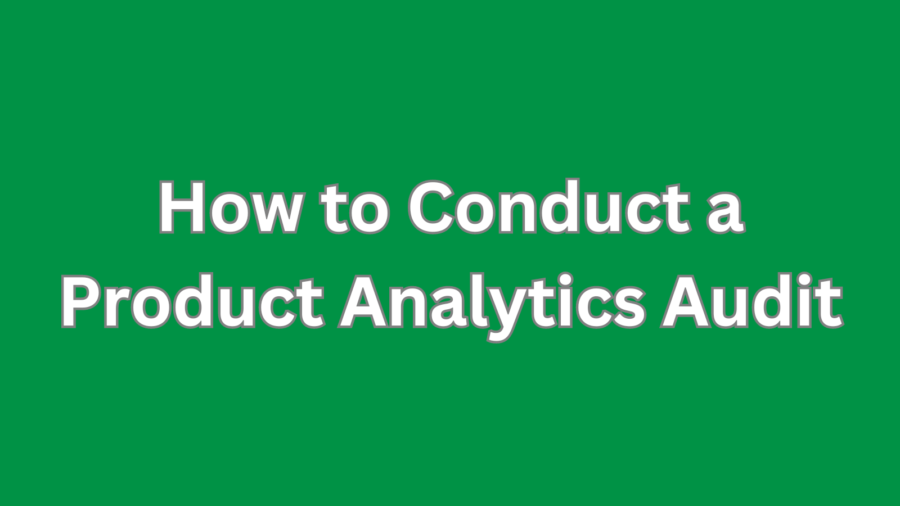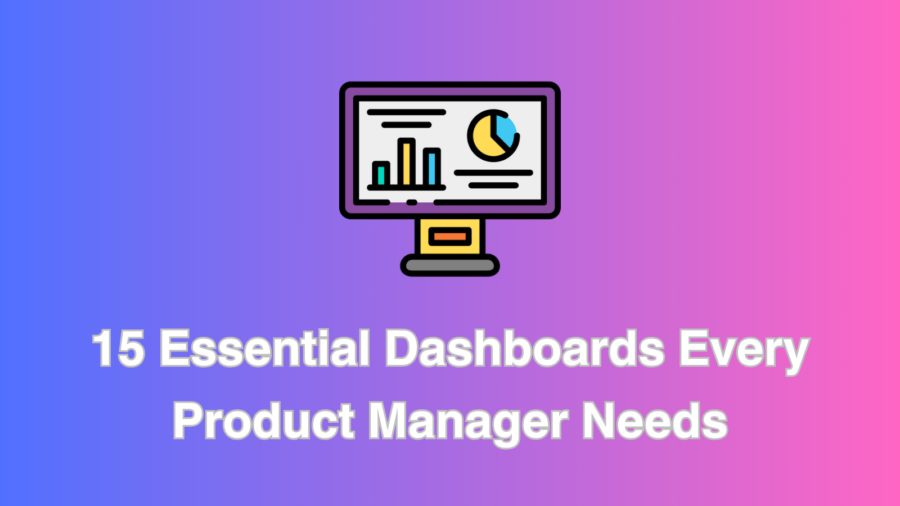Introduction
Understanding your users and their interactions with your product is crucial for driving success. Product analytics provides valuable insights into user behavior, product performance, and market trends, empowering organizations to make informed decisions and optimize their products for growth. As a specialist in this domain, I will take you on a comprehensive journey through the world of product analytics, offering detailed explanations and practical examples to help you build an effective and powerful analytics strategy.
Understanding Product Analytics
Product analytics is the process of collecting, measuring, and analyzing data related to user interactions with your digital product. It encompasses a wide range of data sources, including web and mobile applications, software, and any digital service or platform. The primary goal is to uncover actionable insights that inform product development, marketing strategies, and overall business decisions.
For example, a SaaS company might use product analytics to track how users navigate through their software, which features are most frequently used, and what leads to customer churn. Armed with this information, they can improve the user experience, prioritize feature updates, and implement targeted marketing campaigns.
The Importance of Product Analytics
Embracing product analytics is critical for several reasons:
- User-Centric Optimization: Product analytics allows you to understand how users engage with your product, their pain points, and what features drive satisfaction. By optimizing user experiences, you can increase retention and customer loyalty.
Example: An e-commerce platform analyzes user interactions to discover that the checkout process is causing high cart abandonment rates. They optimize the checkout flow by reducing the number of steps and improve conversion rates significantly.
- Data-Driven Decision Making: Relying on data rather than gut feelings or assumptions ensures that your product strategy is based on real user behavior, reducing the risk of making costly mistakes.
Example: A mobile app developer uses A/B testing to compare two different onboarding flows. Data analysis reveals that one onboarding flow leads to 30% higher user retention, influencing the decision to implement it permanently.
- Feature Prioritization: Analyzing user behavior helps prioritize features and improvements that align with user needs and business goals, maximizing your resources.
Example: A project management tool identifies through user feedback and analytics that their users request a recurring task feature the most. They prioritize the development of this feature, leading to higher user satisfaction and increased engagement.
- Competitive Advantage: Organizations that harness the power of product analytics gain a competitive edge by delivering more targeted and personalized experiences to users.
Example: A travel website uses analytics to track user preferences and past bookings. They offer personalized travel recommendations based on user history, leading to increased customer loyalty and higher conversions.
Key Metrics and KPIs
Defining key metrics and Key Performance Indicators (KPIs) is crucial for tracking the success of your product and aligning it with business objectives. Common metrics include:
- User Engagement Metrics: Measuring user activity, such as daily active users (DAU), monthly active users (MAU), time on site, and session duration, provides insights into user engagement and product stickiness.
Example: A social media platform tracks DAU and MAU to assess how often users interact with the platform and identify trends in user engagement.
- Conversion Metrics: Tracking conversion rates at different stages of the user journey, such as sign-ups, subscriptions, or purchases, helps optimize conversion funnels.
Example: An e-commerce site monitors conversion rates at each step of the purchase process, identifying drop-offs to improve the checkout flow and increase the overall conversion rate.
- Churn and Retention Metrics: Understanding churn rate and retention metrics enables you to identify opportunities to improve user loyalty and reduce churn.
Example: A subscription-based service analyzes churn rate to discover that users who experience a certain feature during their trial period are more likely to convert to paid users. They use this insight to highlight the feature to new users during the trial, resulting in higher retention rates.
- Revenue Metrics: Monitoring Average Revenue Per User (ARPU), Customer Lifetime Value (CLV), and other revenue-related metrics helps evaluate the financial health of your product.
Example: A mobile gaming app measures ARPU to understand how much revenue each user generates. They then use this information to tailor targeted promotions to high-value users, increasing overall revenue.
Data Collection and Quality
To extract meaningful insights from product analytics, data collection must be accurate, comprehensive, and trustworthy. Some best practices include:
- Identifying Data Sources: Determine which data sources are relevant to your product, such as web analytics, mobile app tracking, customer support data, and CRM systems.
Example: An e-commerce platform integrates data from its website, mobile app, and customer support interactions to create a 360-degree view of their customers’ behavior.
- Implementing Tracking Solutions: Use analytics tools and tracking codes to gather user interaction data effectively. Ensure that the tracking is privacy-compliant and respects users’ consent.
Example: A media streaming service implements event tracking to measure how users interact with different content types and uses this data to personalize recommendations.
- Data Quality and Validation: Regularly audit data quality to identify and correct discrepancies. Validate data accuracy to avoid basing decisions on faulty information.
Example: A software-as-a-service company sets up data validation checks to ensure that only accurate and complete data is processed. This prevents skewed analytics insights due to erroneous data.
Tools and Technologies
Selecting the right analytics tools is essential for smooth data collection, analysis, and visualization. Popular product analytics tools include Google Analytics, Mixpanel, Amplitude, and Heap Analytics. Each platform offers unique features, so choose the one that best aligns with your requirements and budget.
Example: An e-commerce startup opts for Google Analytics to begin with, as it offers a robust set of features and is available at no cost. As they grow, they migrate to Mixpanel to take advantage of more advanced analytics capabilities and insights.
Data Analysis and Interpretation
Data analysis involves uncovering patterns, trends, and correlations within your product data. Techniques include:
- Segmentation Analysis: Grouping users based on demographics, behavior, or other attributes to gain insights into different user cohorts.
Example: An online magazine segments users based on their interests and engagement with specific topics, tailoring content recommendations to each segment for a personalized experience.
- Cohort Analysis: Analyzing user behavior within specific time frames or cohorts to track changes over time.
Example: A fitness app conducts cohort analysis to compare user engagement and retention rates for users who joined in different months. They discover that users who signed up during a particular promotional period have higher long-term engagement.
- Funnel Analysis: Understanding user flow and identifying drop-off points in conversion funnels to optimize user journeys.
Example: An on-demand delivery service analyzes their sign-up funnel and identifies that users are dropping off at the payment step. They simplify the process and see a significant increase in successful sign-ups.
- A/B Testing: Conducting controlled experiments to compare different variants of a feature or design and determining the most effective one.
Example: An e-learning platform tests two different user interface designs for their homepage through A/B testing. The variant with a simplified layout and clearer call-to-action buttons leads to a 20% increase in course enrollments.
Data Visualization and Reporting
Creating clear and visually appealing reports and dashboards is essential for communicating insights to stakeholders effectively. Data visualization tools like Tableau, Power BI, or Google Data Studio help present complex data in a digestible format, making it easier for non-technical team members to understand and act on insights.
Example: A marketing team uses data visualization to present campaign performance metrics to the management team. The visualizations highlight the impact of different marketing channels on customer acquisition and inform future budget allocation decisions.
Continuous Improvement and Iteration
Product analytics is not a one-time process but an iterative and continuous journey. Regularly analyze data, review product performance, and adapt your strategies based on user feedback and changing market dynamics.
Example: An online marketplace consistently analyzes user feedback and behavior to refine search algorithms, improve product recommendations, and optimize the overall user experience.
Conclusion
A well-executed product analytics strategy is the cornerstone of data-driven decision-making and successful product development. By understanding the importance of product analytics, defining key metrics, ensuring data quality, leveraging appropriate tools, and conducting insightful analysis, you can optimize user experiences and drive product growth, ultimately leading to long-term business success.




